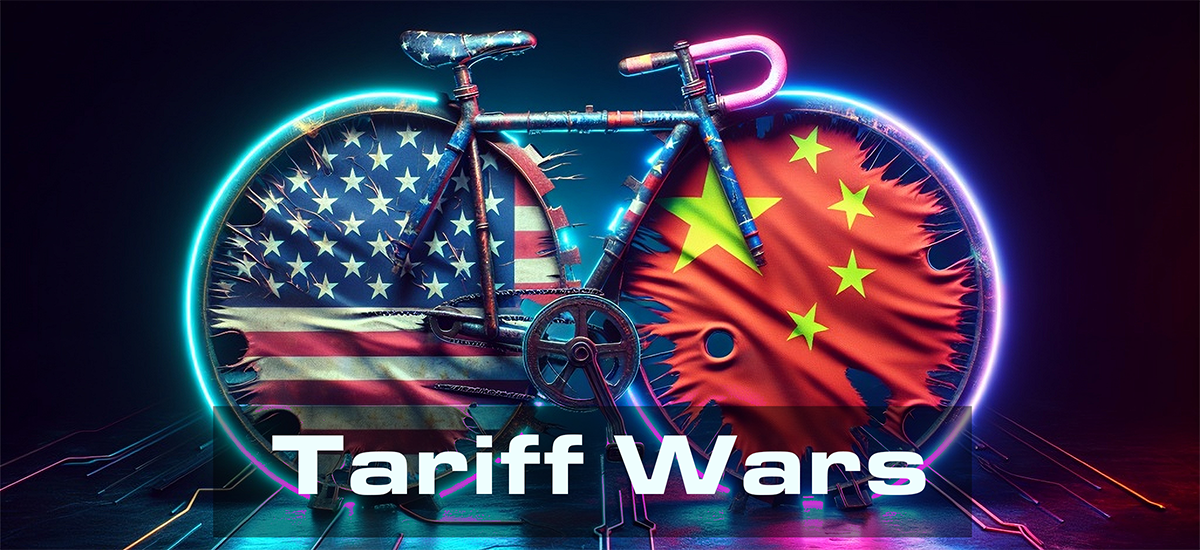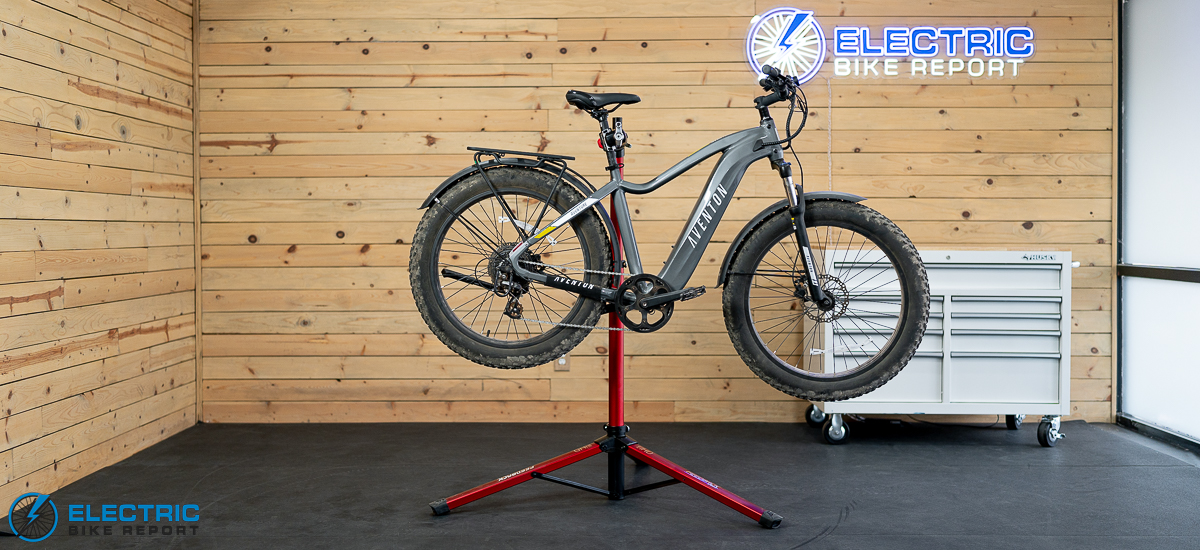
If you followed the news this summer—or generally spend time monitoring e-bike prices as closely as we do—you might have noticed a sweeping cost increase in June-July. In many cases, we observed increases of roughly $200 in the prices of e-bikes corresponding to changes in US tariff policies, which affected specific taxes applied to imported goods.
On June 14th, 2024, an exemption for e-bikes in the United States Trade Representative (USTR)’s Section 301 tariffs list expired. This caused e-bikes, some potential e-bike components, some non-electric bikes, some carbon fiber frames, and some kids’ bikes to become subject to a 25% tariff paid by the importing company to the US Government.
Tariffs are often applied to imports for a variety of reasons. As explained by the Cato Institute, they can help to protect domestic businesses from being undercut by foreign competitors, encourage consumers to support and rely on US-based manufacturers, and create jobs, among other things.
In the case of e-bikes, however, this reasoning collapses.
Many e-bikes originate from China, including many of the best-selling e-bikes our readers and YouTube viewers ride. Very few are produced domestically, and even in those cases, many of their components are manufactured and imported from overseas.
As such, tariffs do not—and at the time of writing, literally cannot—realistically serve to protect domestic manufacturers of e-bikes simply because almost no US-based e-bike manufacturers exist.
If e-bike tariffs DO NOT protect US workers or US companies, what effect do they have on the US e-bike industry?
We analyzed public pricing information and sales data from Electric Bike Report to try to answer this question. Spoiler alert: the data we gathered from the brief 3-4 month period between the expiration of Section 301 tariff exemptions and the writing of this article paints a negative outlook.
In almost every regard, the application of tariffs to e-bike imports has raised consumer prices and hurt sales.
New tariffs will go into effect on January 1, 2026, and recent political discussions relating to November’s Presidential Election have indicated that additional tariffs could be placed not only on Chinese goods but those from all foreign countries. We feel strongly that politicians and our readers need to know what negative impact tariffs have on the e-bike industry.
We hope that you, the reader of this report, will lobby your state and national government representatives to remove current tariffs on e-bikes and prevent future tariffs in order to protect American workers and businesses.
In our research, we reached out to Sandler, Travis & Rosenberg, P.A. for help in understanding e-bike-specific tariff codes. A representative advised us that the relevant line items are 8711.90.0000 or 8711.60.00.
While the former relates to electric scooters such as Segway products and e-bikes, Bicycle Retailer explains that the latter defines e-bikes as “Motorcycles with electric power for propulsion, each of a power not exceeding 1,000 W.”
With this information in mind, we also hope to encourage lawmakers to separate and distinguish e-bikes from electric motorcycles and scooters in an effort to unify their legal definition across all avenues.
To collect data, we used an internet archive called Wayback Machine to source e-bike prices prior to June 14th—and ideally, also before Memorial Day sales at the end of May.
We initially gathered numbers for 160 e-bikes, but we reduced our pool to 83 bikes after excluding online sales, in-store prices, discontinued models, clearance bikes soon to be replaced by new models, and products from some smaller brands we were less familiar with.
Our data is shown in the table below. Note that we chose to list the specific brands we analyzed anonymously to eliminate any potentially negative effects from publishing our data.
Additionally, we referenced the (pre-sales-tax) prices actually paid by the customer instead of listed MSRPs that could be artificially inflated; brands will often mark up the MSRP while showing a ‘discounted’ or ‘sale’ price to make consumers feel like they are getting a time-sensitive deal.
We weighted the data based on the number of bikes included in our data set from each brand.
Finally, we excluded bikes from certain legacy brands with global reach due to differences in product sourcing and focused more on direct-to-consumer (DTC) brands that have a higher percentage of manufacturing done in China.




